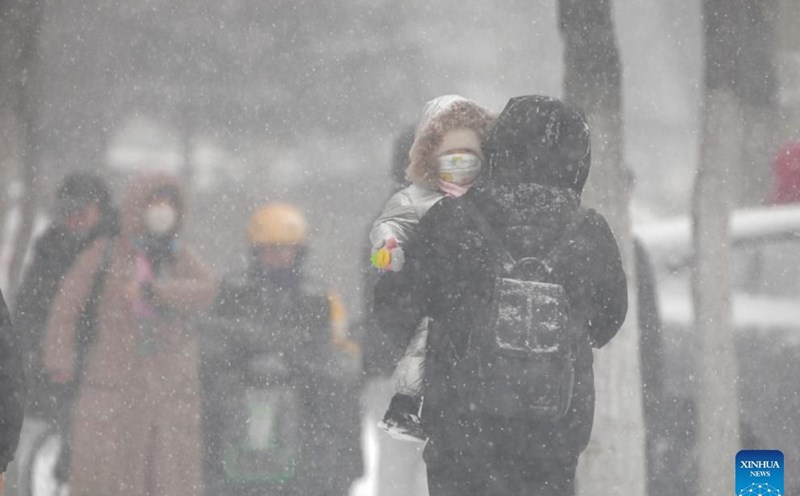Floodwaters came but did not recede. In the area around Bulacan province on Luzon Island, northern Philippines, many communities have been living in flooded water down to the knees for more than 3 months now.
The overflowing water of a rising river in July still exists, covering the entire village since then.
Meldrid Liodel, a 53-year-old single mother, said: "We are used to floodwaters stagnant in our homes. We tried not to worry about that. But daily activities are difficult, especially cleaning."
"I have 6 children and 7 grandchildren. If you ask us why we didn't move, then this is where we were born, raised, started our families and continued to fight for our lives," Meldrid told the International Red Cross and Red River Commission (IFRC) Philippines.
Meldrid, like all her neighbors and community, is learning to live a daily life in water as deep as the nameline. They travel by narrow boat and many people receive boats from local authorities to support their travel.
gardening for a daily life has also completely changed. They started growing vegetables on the water surface and drying the fish they caught on the roof. They sell fish and vegetables to earn extra income and support their families.
These floods started here long before Pinatubo volcano broke out years ago, Meldrid added. Before that, we had grown rice, we had many rice fields, farmers could cultivate, fishermen could catch fish well".
Pinatubo Mountain is just over 90 km from Bulacan, Central Luzon, where Meldrid's community lives. Many years after the outbreak, the entire local irrigation network, as well as water canals and infrastructure in the surrounding areas, were destroyed by the volcano. Since then, thousands of communities have endured continuous flooding that has never receded.
Floods are the result of a combination of flash floods, high tides and storm rain. This has happened more often in the past decade.
However, this is not the whole story. The Philippines is one of the most disaster-prone areas in the world. Every year, the country experiences many storms, floods, volcanic activities and even earthquakes.
The Philippines has suffered dozens of casualties and billions of pesos in property damage as six typhoons have hit several provinces over the past two months, with the most recent super typhoon Pepito (Man-yi) hitting Luzon the hardest.
The storm dumped a large amount of water over the mainland, causing widespread devastation. The storms also exacerbate the already persistent problem of flooding.
superstorm Carina (superstorm Gaemi) is very strong and surprising, said Amelia Torres, who has been standing with her husband in a living room submerged in 60 cm of water since July 2024. It suddenly became stronger, it did not disappear and did not stop. The flood did not recede at all.
All their belongings are hanging on the walls, hanging on the ceilings or lying on shelves and tables. The bed and mattress are placed in the living room, about 30 cm from the water surface. Sometimes the water only dries up for three months a year, Amelia added.
To help people in the storm, IFRC Philippines has prepared evacuation centers, deployed evacuation teams and quickly provided hot meals, essential items, hygiene equipment and many other items.











